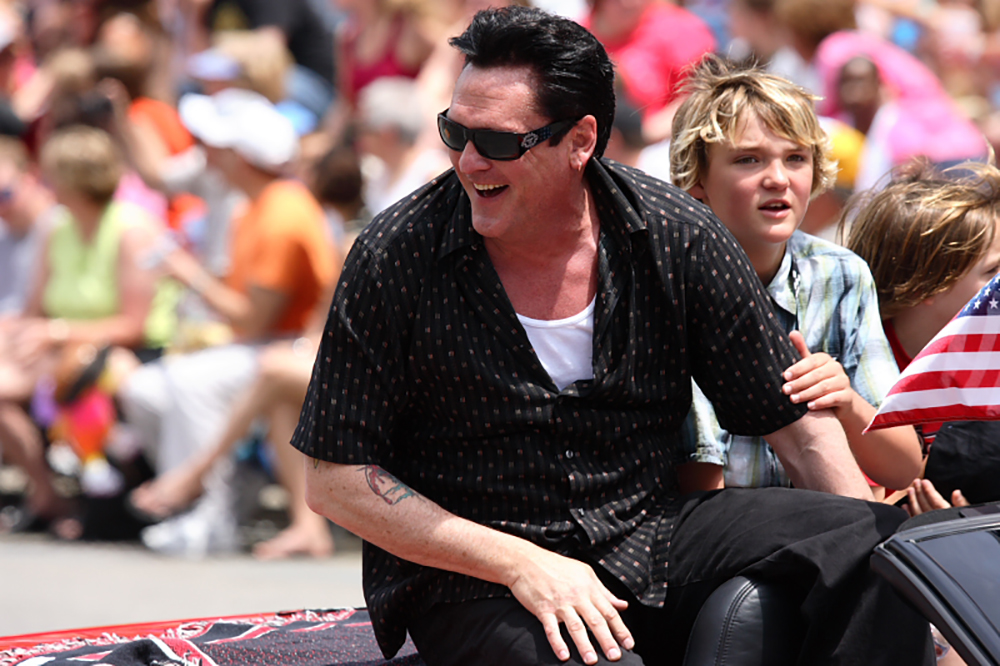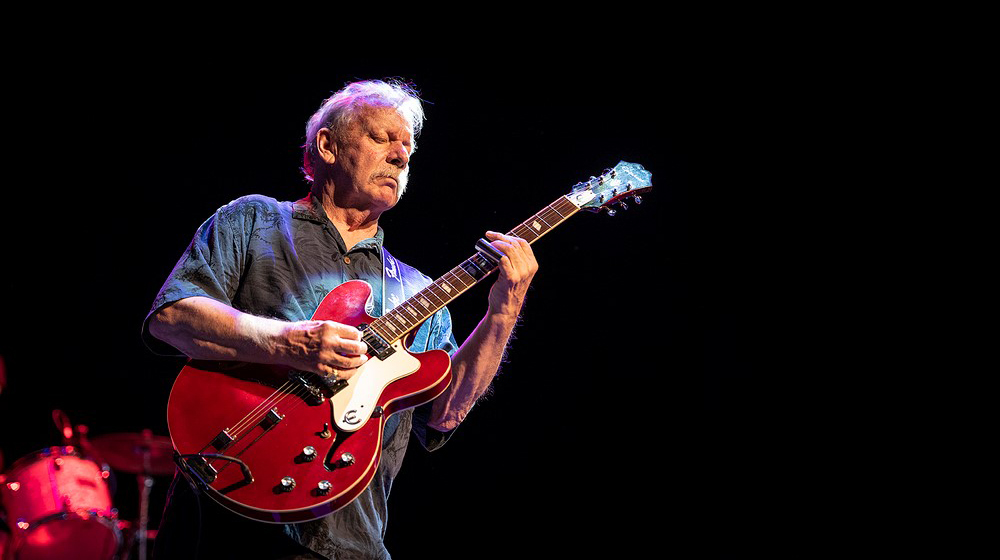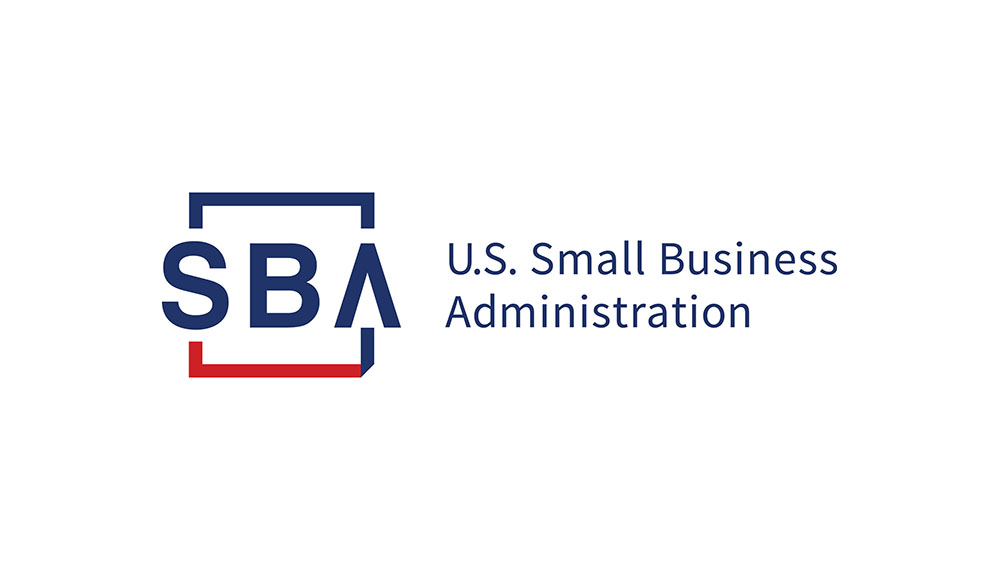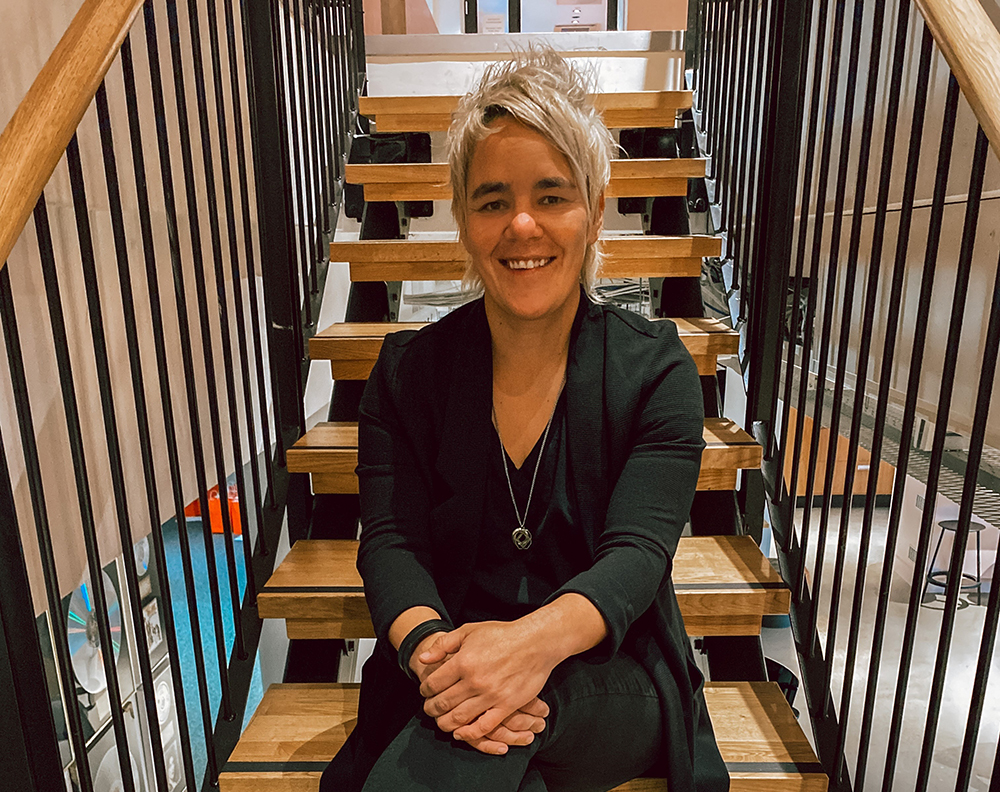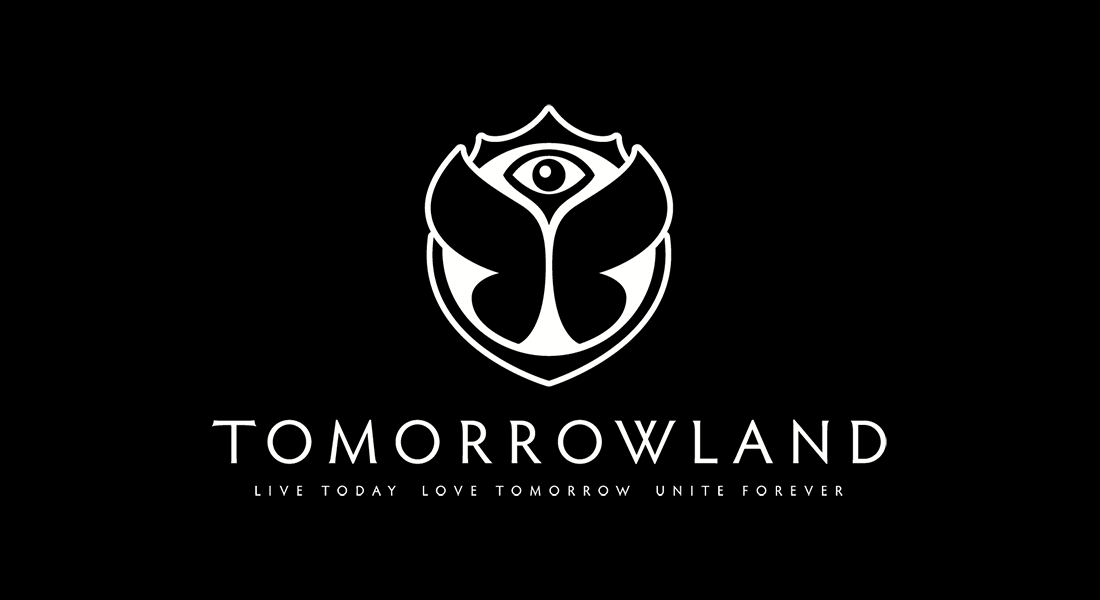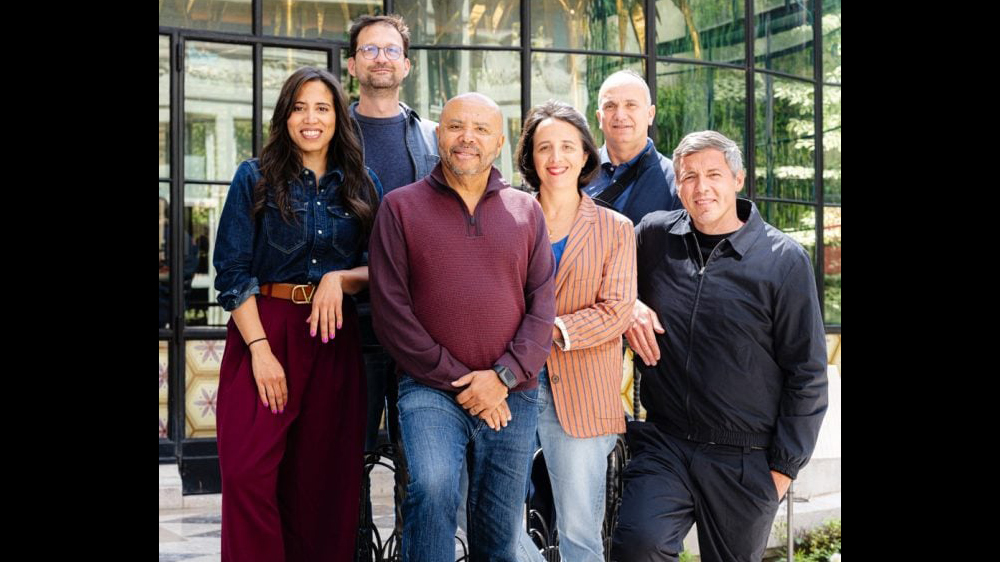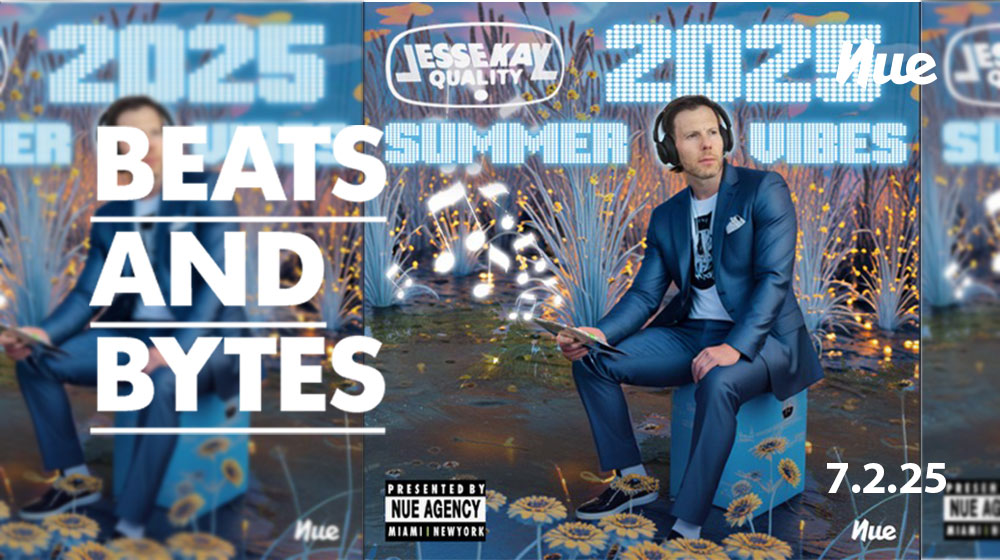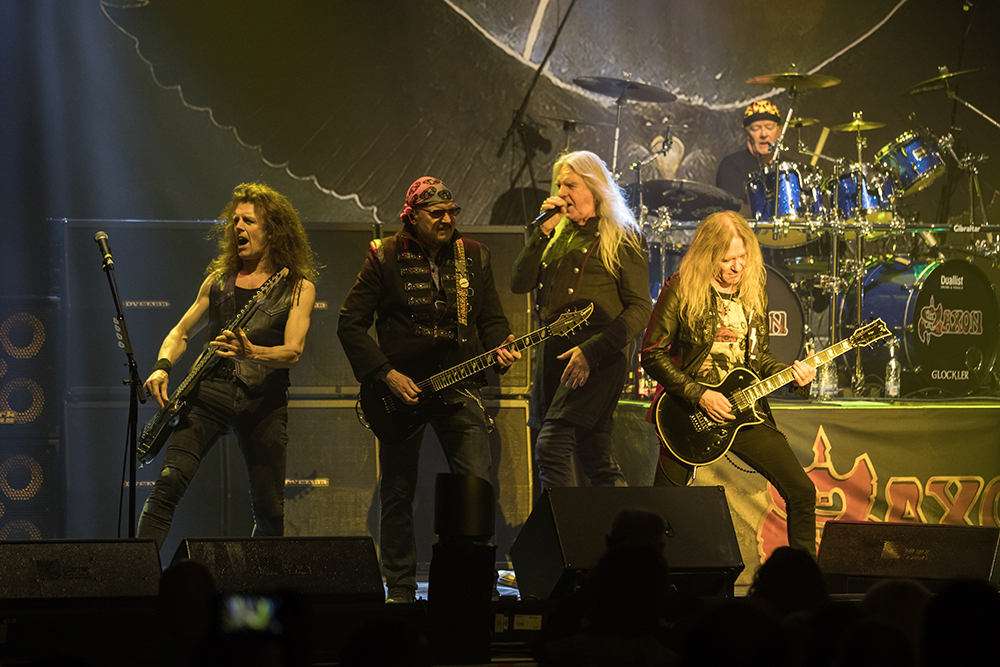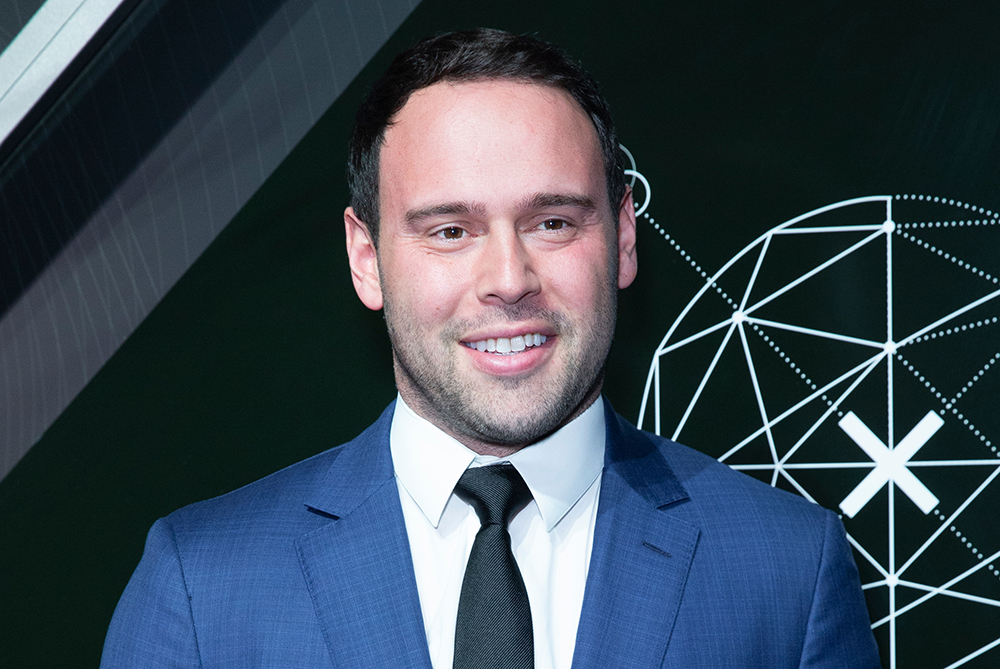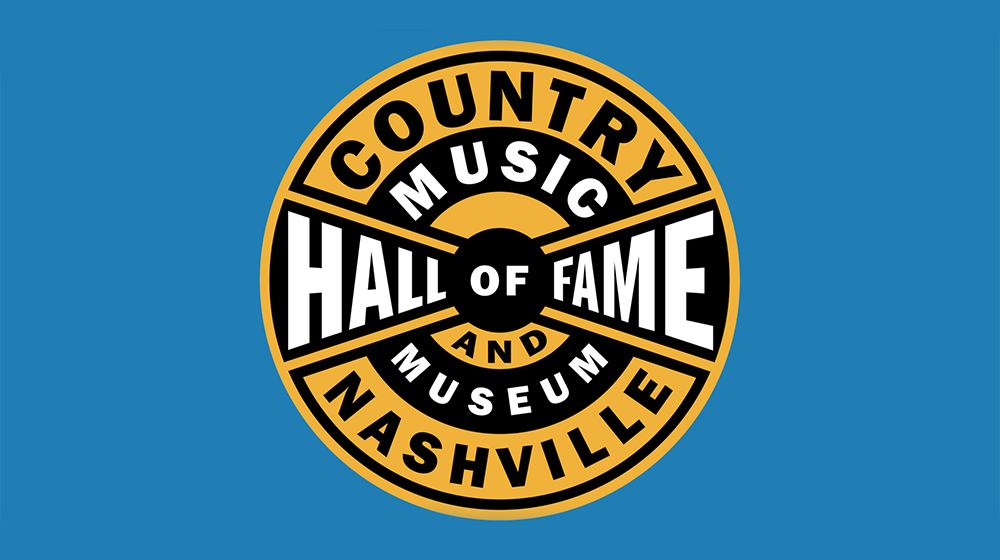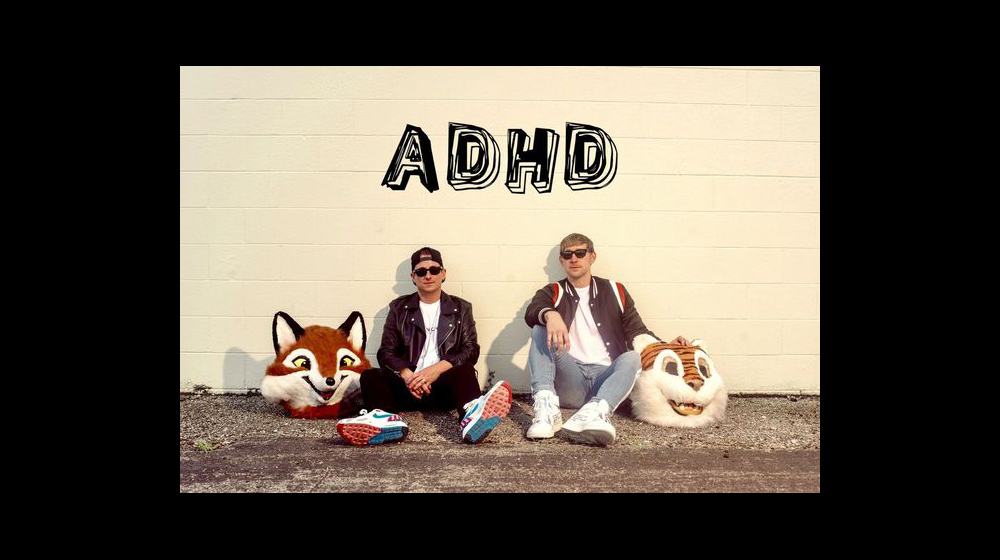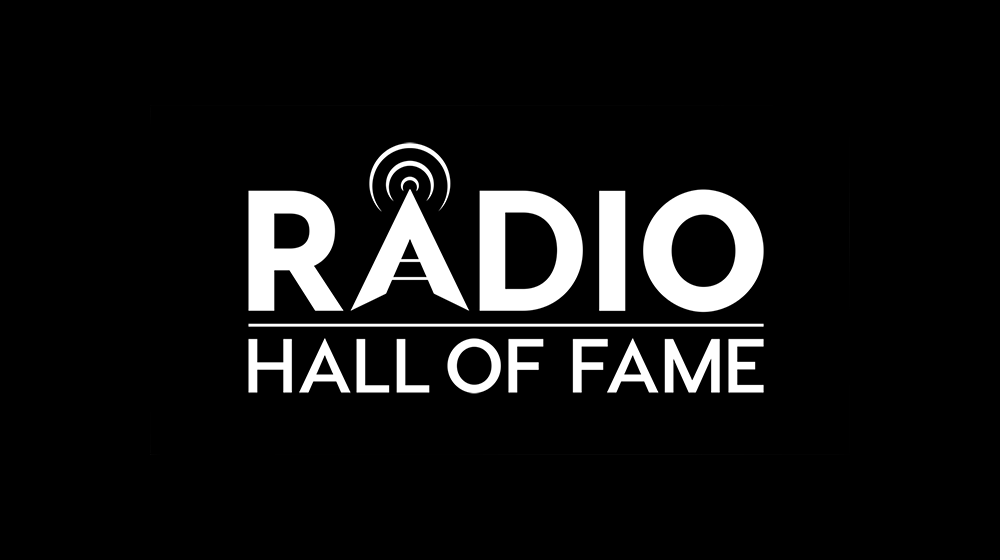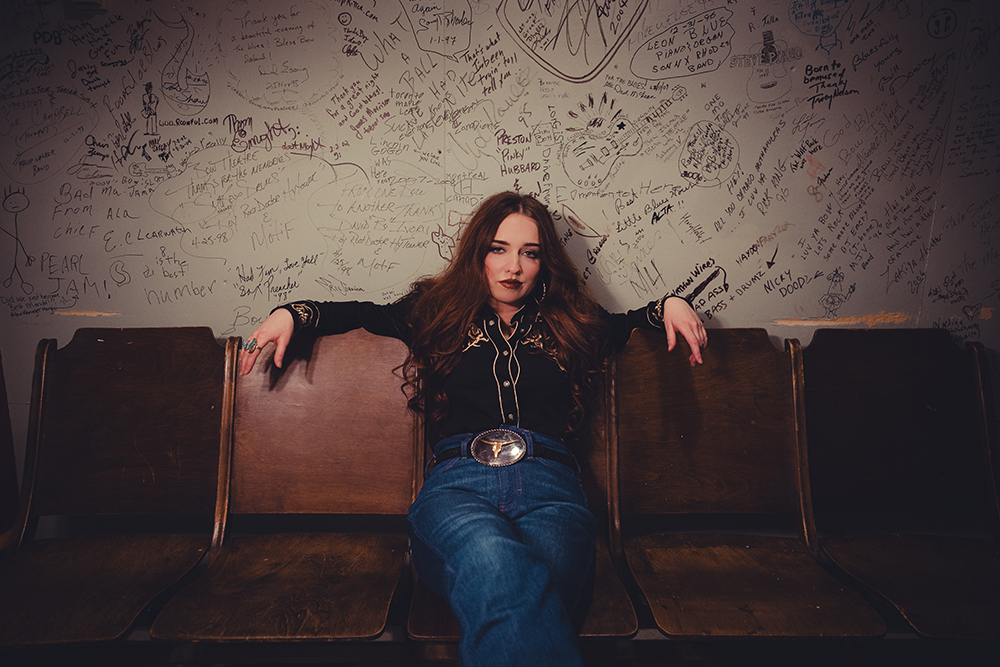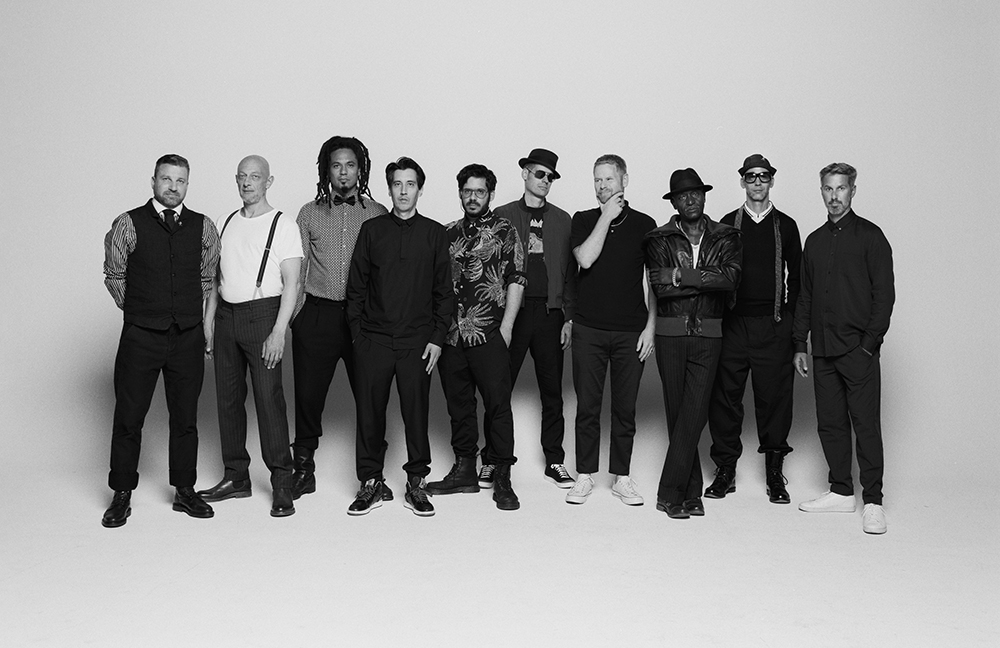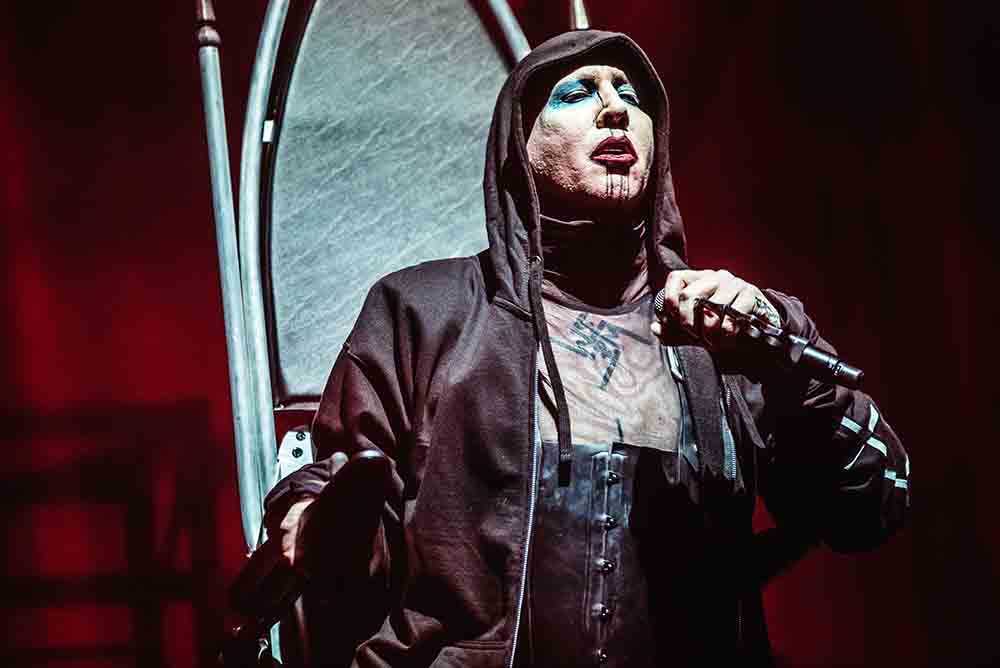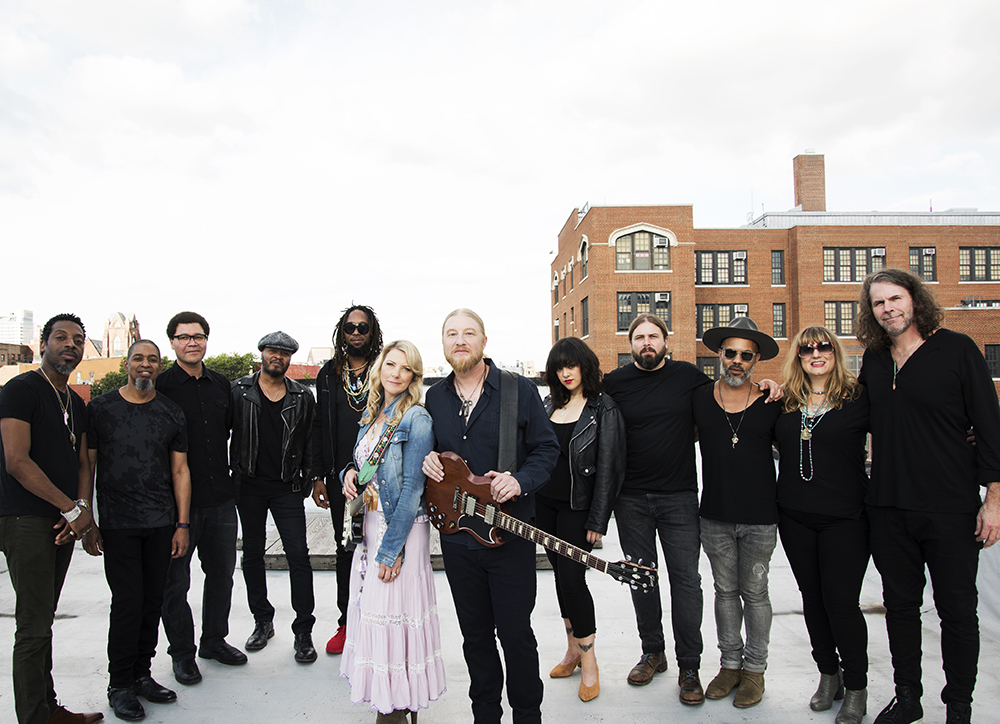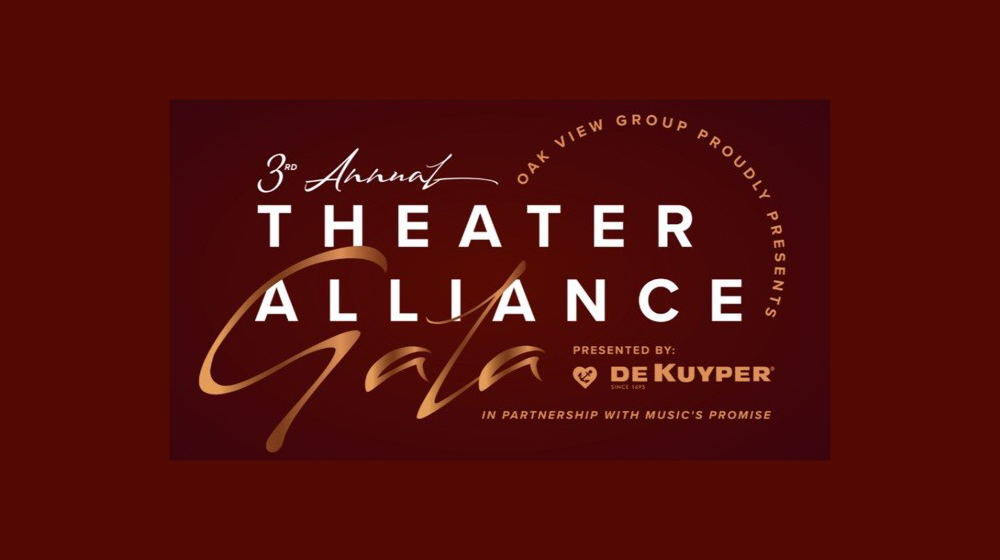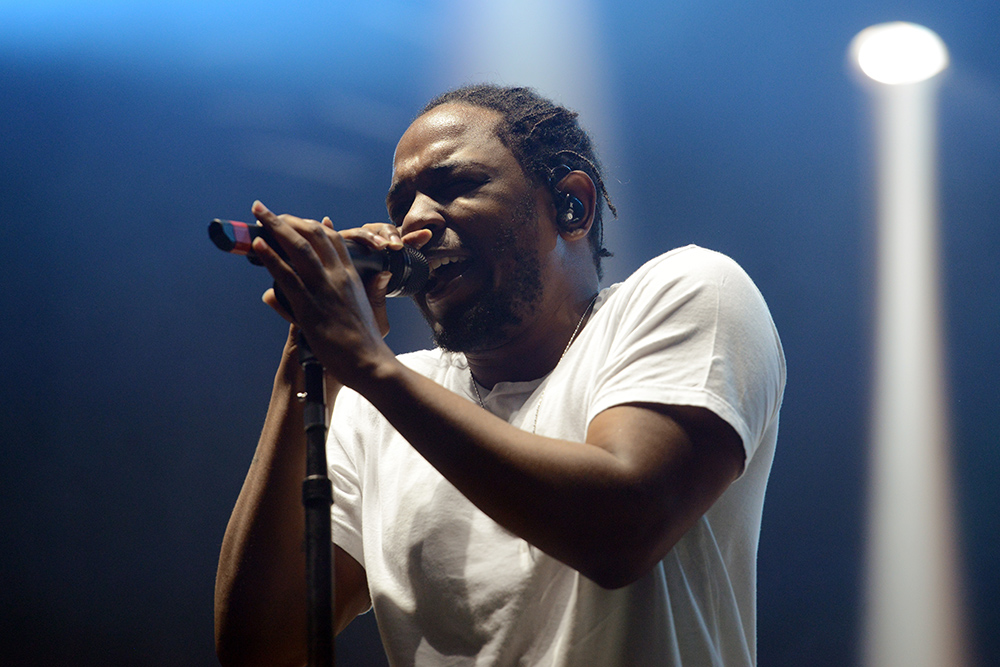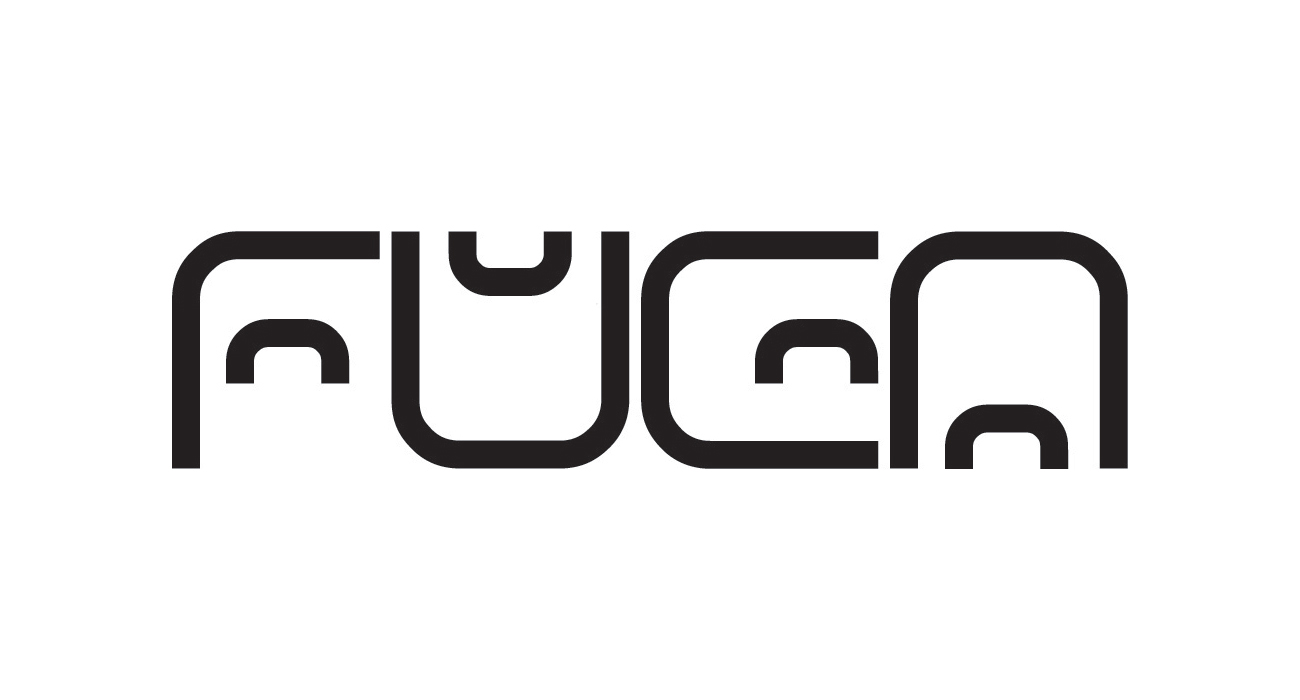(Hypebot) — In this comprehensive guide for indie musicians, we break down what music marketing is, the different elements of a music marketing campaign, and how to successfully pull one off.
This article originally appeared on CDBaby’s DIY Musician Blog
If you’re like a lot of artists, music marketing is that scary thing you’re supposed to do once you’ve finished making the music.
You’ve written and recorded a song or album you’re proud of. Now you need to get your existing fans excited, reach new listeners, and find more ways of earning money from your music.
Yes, that’s where this whole music marketing thing comes in.
If you’re reading this, it’s probably safe to assume you don’t have a fancy management team or big label handling your marketing. That’s okay. You can accomplish a lot with DIY music marketing tactics and a small budget.
How? We’ll get to that. But first…
What is music marketing?
Music marketing is the process of satisfying your fans’ needs for your music, merch, and concerts. It’s also about, ya know, reaching the right people and turning them into fans in the first place.

A lot can fall under the marketing umbrella. From publicity, to promotion, to advertising, and more. Experts will debate the differences between those various pursuits. But to keep things moving, let’s just say that marketing can either encompass or overlap with all those efforts.
When we say “music marketing,” we mean actively putting your music in front of your desired audience through a concerted effort called a campaign. Through a campaign, you persuade your audience to take a specific action. That action you’re trying to get your audience to take might be something like:
- Listen to my song
- Watch my video
- Buy a ticket
- Enter this contest
- Subscribe to my SMS list
- Get the vinyl record
- Follow me on Spotify
- Etc.
You have something you want your audience to do. Marketing is an effort to lead your audience on a journey from awareness to conversion (and beyond). And speaking of “audience” and “conversion,” let’s define some terms before we get into specific tactics.
Important marketing terms you should know
Let’s run through a quick glossary of marketing terminology:
Audience: In a non-marketing sense, you could say your audience is your whole fan ecosystem. It’s everyone who’s enjoyed your music that you’re able to reach back out to in some way. But in marketing, “audience” is more narrowly defined as the specific people you intend to motivate with a certain message or to reach through a certain channel. It could also be a group of people who’ve already taken a specific action.
Segment: A part of your audience that shares similar characteristics, often determined by such demographics as age, gender, geographical location, or other easily marked delineations. Segments are important to your marketing efforts because they can tell you what kind of people listen to your music. They can also tell you who took certain actions, like who opened your recent emails or watched your latest video.
Targeting: Actively focusing on a specific segment once you’ve identified what your segments are. Targeting is the verb to segment’s noun. When you’re aiming your marketing at a certain segment, you’re targeting them.
Here are some examples of audience segments you could target with your music marketing message:
- Fans of Olivia Rodrigo in the United States who are older than 25
- People on Instagram who’ve engaged with one of your posts in the last 45 days
- Hip-Hop fans in the UK who’ve never heard of you, but are likely to stream your song on Spotify
Conversion: When your targeted audience performs the action you’re asking of them. This can be anything from buying your merch to streaming your song, or smaller desired actions like clicking a link in an email you sent.
Impression: The number of views something (usually an ad, but also something like an email) has received. Note that this is not the number of clicks on the ad or email itself, but rather how many people saw the ad. Since many ads are video ads, an impression isn’t always a sign of engagement. If someone just sees the ad is there, that’s an impression but it’s not the same as them actually watching the entire thing.
CTA: “Call to action.” This is what you want your audience to do, the action you want them to take after their impression. It’s also the language you use to get them to do this, such as “Hear my new song!” or “Buy tickets here.”
Open rate: The amount of subscribers who open a message like an email or SMS text. This is measured in percentages, so if you sent an email to 100 people and 90 of them opened it, that’s a 90% open rate.
Click-through rate: The amount of subscribers who click the link in a marketing message. In music marketing this link will be to your new song, a merch item, or a page to buy tickets for upcoming shows. Like open rates, click-through rates are also measured in percentages.
CPM: “Cost per 1,000 impressions” (the “M” stands for mille, which is Latin for thousand). Impressions are typically measured in the thousands, since even 100 ad impressions is just 100 people seeing your ad online. In the case of paid advertisements, CPM is measured in the cost per 1,000 impressions on an ad. Ideally you’d like your CMP to be as low as possible, but there are occasions where the cost per impression is high but the return is worth it. For example, if you ran an ad asking for someone to host a house concert, you might have thousands of people ignore your ad. But if just one or two people book you, it will have been worth it.
ROI: “Return on investment.” How much your campaign contributes to your revenue growth, often in relation to how much the campaign costs. This is another measure of a campaign’s success. Is your spending worth what you’re seeing in return? Not all campaigns will see positive ROI. In fact, many will COST you more than you get back, but that doesn’t mean it’s not worth the investment. More on that in a sec.
“Direct Response” versus “Madison Avenue”
At a high-level, there are a couple modes of marketing.
The first mode is “Madison Avenue.” It’s meant to create a lasting impression. It might even drive sales. But it doesn’t necessarily compel immediate action. Think of a giant billboard in Times Square. A Super Bowl commercial. Or a full-page ad in a glossy magazine. A big, branded broadcast. Something that often feels one-to-many.
And unless the ad features a QR code, dedicated URL, or something else that’s trackable, there’s no quick way of assessing engagement and attributing growth to the ad. An uptick in sales would be a nice correlation of course, but connecting the dots still involves some assumptions.
“Direct Response,” on the other hand, is a marketing tradition that often attempts to appeal to an individual. It feels one-to-one. This style of marketing also asks that individual to DO something. Respond to this letter. Use this coupon. Claim this free knife set. Click this link.
The direct appeal, combined with the ability to KNOW and MEASURE what recipients of the message are doing in response, make this style of marketing the smart choice for businesses that can’t just throw money around willy-nilly. And guess what? That’s most musicians!
The way that giant ad platforms like Google, Facebook, and Instagram function is essentially the digital evolution of direct response marketing.
The keys to a successful music marketing campaign
Before we dive into different types of music marketing and the platforms you can use to market your music, here are a few general guidelines and tips from CD Baby’s analytics strategist Dan Parscale.
Set the right budget for your music marketing campaign(s)
That old business adage “you have to spend money to make money” applies here. Marketing your music is an investment… in you! And you are in charge of driving your music’s success.

Some music marketing campaigns might be more affordable than others, but they are rarely free. So make a budget and invest in your campaign. But don’t break the bank. Parscale warns, “It can be easy to spend too much money on your campaign. Make sure you’re getting a good ROI for your efforts.”
There can be exceptions to that rule, however. When you’re first building your fanbase, you’re building a business. Most businesses expect to lose money for a year or two before making a profit. These losses are often factored into business plans from the start, and can be considered customer acquisition costs, brand awareness costs, etc.
You’ll also want to consider how quickly you spend your budget. It’s tempting to spread your budget out over a longer duration, and lots of music marketers talk about $1/day campaigns. But if you’re using an ad platform like Facebook or Instagram to reach new listeners, it takes a certain amount of interaction before the platform has gathered enough data to understand your ideal audience, optimize the ad delivery, and so forth.
So while something like $1/day is attractive, you might be better off spending a decent amount upfront in the “testing” phase. This helps you optimize your marketing more quickly. Once your campaign is out of the testing phase, you can determine whether you want to spend the rest of your budget quickly for a critical mass, or whether you want to allocate the rest of the budget over a longer period as a kind of maintenance spend.
There’s no single correct way to use your marketing budget, but just make sure to:
- Save up so you have enough money to adequately test your ad content and targeting.
- But do NOT blow all the budget too soon. Testing is just the first phase. Once your marketing is dialed in, put the rest of the money to work!
- Match your campaign timeframe to the desired result. Selling tickets for a show next week? Spend all the ad budget ASAP. Driving cold traffic to a Spotify playlist? Stretch out your budget over many weeks or months.
- Monitor ad performance every day. Optimize along the way, because every penny counts.
Your marketing should set your music and story apart from other artists
Music marketing is not you shouting “listen to my music!” in every communication you have with potential fans.
That’s an easy way for your efforts to get lost in the noise of innumerable other campaigns targeting those same people. We live in an age where we are being marketed to every day, whether through social media, email, SMS text message, etc.
Think of your marketing as a way to either tell the story of your music, or to confirm something about your audience that they feel is essential to their identity.
To do that successfully, you’ll want to consider your marketing content from various angles. Test different approaches. And remember that we’ve grown very suspicious of things that FEEL like cold, polished, corporate marketing. That’s good news for you, because it means you can be more authentic, casual, and quirky.
Your music marketing should capture attention immediately
“Don’t bore us. Get to the chorus.”
People’s attention spans are short these days. For your first impression, get in, get your message across and get out. If you linger too long before getting to the point, your audience will just scroll on by without seeing your message.
We’re also going to scroll past anything that doesn’t jump through the screen and interest our eyeballs in the first 3 seconds. So even if the call-to-action comes a little bit later, something compelling has got to happen right away.
So pay a lot of attention to the immediate impression you’re creating. It has to be intriguing enough that we want do the next thing: unmute the sound, click the button, keep watching, etc.
With emails, make them personal, but try not to write a novel.
Learn who your audience is
“It’s a good idea to focus on advertising to people who like artists you sound like or take influence from,” says Parscale. “So if you notice people who like Queens of the Stone Age also enjoy your music, you’ll want to target fans of that band since you know they might also enjoy your music.”
But don’t necessarily limit your targeting to sounds-like artists. There could be other interests and topics that overlap with your music as well. Keep testing, keep learning!
Thankfully, you don’t have to keep this all in your head, on a spreadsheet, or as a hunch. Platforms like Facebook continually learn about your audience as you run more campaigns. As your ad account becomes “seasoned,” Facebook delivers smarter (and often cheaper) results.
Use a clear CTA
If you have a new single out and you want your audience to listen, “Hear the new single” or “New song out now!” works.
Want them to watch your livestream or buy tickets? “Sign up for the livestream” gets the message across.
Spell it out for them.
The exception to this is first-touch audiences (people who are totally new to your music) on a social platform. Make that first ad post just normal “content” without looking like an actual ad. No CTAs or links. Just good content delivered to the right people. That way they don’t feel like they’re being advertised to right out of the gate, making them more likely to engage.
Once they DO engage, you can…
Re-market to your fans
In marketing speak, remarketing is the process of putting the right sequential messages in front of a defined audience based on their previous actions. Put simply, you’re trying to take fans on a journey from A to Z; and you treat each fan differently according to when, if, and how they take the next step along the way.
Eventually this journey leads your audience from introduction to lifelong fan, from cold to lukewarm to warm to hot. You don’t start with the big upfront ask. You work your way slowly towards the vinyl offer, the t-shirt of the month club, the VIP tickets.
Remarketing requires that you understand what steps your audience has and hasn’t taken along the journey. One of the best ways to track that audience behavior is with the Facebook pixel. For steps on creating and installing a Facebook pixel on your website, see our musician’s guide to Facebook and Instagram ads.
Stick to The Rule of Seven: Market your music on repeat
It’s an axiom as old as marketing itself, but it still holds true in the modern age of digital marketing: your audience needs to see your message at least seven times before they convert. Really in the modern age the “seven times” is more of a shorthand for “lots and lots.”
Basically your audience won’t bite on your ad the first time around, and probably not for a few times after that. Stay in front of them!
Identify your brand as a musician
Just like major companies, you have a brand.
Your brand is your story; it’s who you are and what your music represents to people, and anything else that sets you apart from other artists and makes you you. Or that makes them them (speaking about your fans).
Check out our DIY Podcast episode about branding for musicians to learn how to effectively identify and sell your brand.
You should also download our free Music Marketing 101 guide for some ideas on how to align your marketing efforts and your artist story.
Don’t focus too much on short-term gains
It’s tempting to put all your marketing efforts into boosting something like Spotify streams or YouTube video views, because those stats are public. It feels like your ego is on the line.
However, what you REALLY want your marketing to do is nurture a lifelong relationship with your fans. Passive streams will fall away, but a deep connection with your audience — even if it’s a small audience — can lead to things like merch sales and concert attendance down the road.
Which means…
Begin with your marketing goal in mind, obvs
Start with the end result, and then make sure everything works together toward that goal.
Ask yourself:
- What is the ultimate purpose of my marketing campaign?
- Am I targeting the right audience?
- Is the offer right for that audience?
- Will my audience find the incentive compelling enough?
- Do they know WHY this offer or content will benefit them?
- Does the ad creative and copy (images, video, text, etc.) convey the right vibe?
Know what the NEXT step will be in the journey
Let’s assume your marketing campaign is successful. That’s great. But if you don’t have a plan in place to follow-up, you might lose steam, your audiences could go dormant or expire (that’s a thing in the world of digital advertising), and you could then have to spend more time and money reaching back out to some of those same people.
So before you launch a music marketing campaign, have an idea of what the next step will be in the weeks or months that follow.
Your artist website is essential for music marketing
Yes, you still need a website in 2021. Why?
Having an official artist website is an indispensable part of your marketing efforts for the following reasons:
- You own it. Your website is yours and no one else’s, as opposed to social media profiles.
- It makes you look professional. A website shows you’re serious about your music career.
- You control the experience. You get to decide every aspect of your page and customize how you see fit.
- Valuable data. You can acquire essential data from your website that you might not be able to access elsewhere, like an email list.
- Sell your music directly to fans. Don’t want anyone taking a cut of your record sales? You can sell music and merch directly on your website if you’re inclined to ship it out yourself.
Install remargeting code on your website
But perhaps most crucial for your marketing efforts, you can put remarketing code such as the Facebook pixel on your site! This provides a great window into the effectiveness of your marketing efforts, and helps you build retargeting audiences.
Oh, and last but NOT least…
Make the most of squeeze pages
With your own website you can drive traffic to a squeeze page.
So called because it “squeezes” information from visitors or squeezes them towards ONE action, a squeeze page is a page on a website that is specifically designed to acquire information (like an email address) for something in return, or to put the attention solely on one desired result.
There’s no distractions. You remove options, hide the top navigation, delete the footer, avoid other links. The visitor either takes the action you want, or they hit the back button. You remove barriers by removing choices.
One common use for squeeze pages in the digital music space is to create a bridge between your chosen ad platform and Spotify.
Why wouldn’t you just send traffic straight from Instagram to Spotify? Well, you could. But to limit bots and junk traffic, you would first send ad traffic to the squeeze page on your website. This page would have ONE option — to stream the music on Spotify.
Yes, that ultimately means less overall traffic to Spotify. But given the extra step, the action demonstrates greater intent. The button clicks on your squeeze page would be tracked as conversions, helping Facebook learn more about your true fans, and thus sharing your ad content with more and more qualified members of your target audience.
In addition, a squeeze page is also tracking visits, so you’re building a retargetable audience from those page views, which is something you cannot do on Spotify.
More about squeeze pages in connection with email below.
Email marketing is more important than ever for musicians
Email is a major component of marketing. And some studies are showing that email marketing is more effective than ever. Just about everyone has an email address, far more than even people who have social media accounts. Plus, we all check our emails just about every day, and studies have shown consumers prefer to be marketed to through email than any other advertising avenues.
But how do you actually get prospective fans’ email addresses?
There are a few creative ways to do that:
- Collect email addresses at live gigs (they’re coming back!) by soliciting them from attendees.
- Give away your merch, including your CD. Yes, people still listen to CDs! You can add a ton of people to your email list by offering to send them a free CD if they just cover shipping and handling.
- Use a squeeze page. You can add a squeeze page to your website soliciting subscriptions to your newsletter, which in turn adds the subscriber’s email to your list. This is also where you can entice visitors with something free in exchange for their email address, like an unreleased song or exclusive video.
- Just ask. Put a CTA on your website that compels fans to subscribe to your mailing list. Make the incentive that they’ll be the first to hear about any news going on, like new merch, show/tour announcements and of course new music!
What should I write in my marketing emails?
So you’ve gathered a bunch of fan emails and have a pretty sizable audience with whom to communicate. What do you actually write?
A few key emails every artist should know how to write:
- Welcome email: Just like it sounds, your welcome email is the first email you send to someone after they subscribe to your mailing list. You should set this to send automatically. A welcome email is one of your most highly opened emails, which means it’s also one of the most important. We have a bunch of great tips for making sure your welcome email is dialed in.
- Personal email: Also called a newsletter, a personal email is sort of a “this is what I’m up to” communication. It can be a studio update, tour journal from the road or just some insight into your personal life. This email allows your audience to know you as a person and not just as an artist.
- Big announcement email: You have a new single (or album) out! You made some new merch! A tour you just booked! That’s big news, and definitely an email lots of fans are going to want to open. Get to the details of your announcement early (don’t “bury the lede” as they say in journalism) and provide all relevant links where your audience can hear your song or buy your new shirts or get tickets to your shows.
We asked CD Baby’s own email marketing manager Luke Kashdan for his advice to artists looking to market their music through email. He says the first thing you want to do is increase open rates in your emails. “To do that you need to learn how to write subject lines,” says Kashdan. “Learn what works and gets the best results.”
Next you need to know what the benefit is to the reader. “The benefit is usually what you’re offering, so your new song or some new merch,” says Kashdan.
In the actual email itself, Kashdan says using a button can be a great way to attract the reader’s eye on the main focus of the email. If you’re using an email system like Mailchimp, it’s easy to add a button to any email. Couple your button with a compelling CTA to really increase clicks.
Improve your music marketing with automated emails
Email automation is the process of setting up your email system so that your email content takes your fans on a journey from a subscriber to a fan. It’s a way to set up your emails so they send automatically, which is great for things like your welcome email or another series like your personal journey. Automating your emails is a way to work smarter, not harder with your audience communication.
For more, listen to our podcast episode about 30 emails to automate your fan list.
Market with SMS text
SMS stands for “short message service.” Put simply, SMS is text messaging.
If you’ve ever received a text message from a business trying to sell you something, you’ve been marketed to via text message.
You also know text messaging and marketing via text is a delicate balancing act. Text messaging feels much more personal than email. Your phone is yours, a device you carry everywhere with you and check more often than email. So being marketed to via SMS can feel invasive if you’re careful about how you do it.
Some general guidelines for SMS marketing:
- Get permission from your audience to text them.
- Be brief in your texts.
- Engage with your audience when they text back.
- Keep track of what works.
- Make the opt-out process easy.
What platforms are available for SMS marketing?
There are tons of apps to choose from when you’re looking to market your music with SMS. Here’s a sampling:
How do I market my music on streaming platforms?
It might sound obvious, but the first step to promoting your song on the various streaming platforms is by actually distributing said song to those platforms. For that you’ll need a music distributor.
CD Baby is the best in the biz at getting your music everywhere you need for maximum exposure. From Spotify to Apple Music to YouTube, CD Baby gets your song to every major streaming platform and dozens of others in specific territories.
And the really cool thing is that distributing music is in many ways its own form of promotion. That’s because simply getting your music on, say, Spotify is already putting it in front of possible fans who use that platform through Spotify’s automated playlists. We’ll get to that soon, but the first big step is to…
Verify your artist profile on the streaming platforms
The first big step to promoting your music on streaming platforms is verifying your artist profile on the platforms that allow it. We’ve said it before but it cannot be overstated: verifying your artist profile is one of the most important foundational things you can do for your music on streaming platforms.
CD Baby artists can verify their profiles on most major streaming platforms:
- Spotify for Artists
- Apple Music for Artists
- YouTube Official Artist Channel
- Amazon Music for Artists
- Pandora AMP
- Deezer Backstage
Everything you do as an artist on the streaming platforms stems from verifying your profiles. The main advantage to verifying your artist profiles is that you can customize your branding and appearance. This is also its own kind of promotion because a personalized and professional-looking artist profile will attract more listeners.
If you look at two artist profiles without ever having heard a song from either artist, and one has a fully verified profile with a professional artist photo and other features fleshed out on their profile, and the other one just has a generic picture of their latest release and no confirmed verification, whose music are you going to check out?
How you present your music has an impact on how (and if) people hear your music.
Compel your audience to stream and save your song
Here’s where clear CTAs come back into play. Explicitly spell out your messaging to your audience; tell them what they need to do when you release a new song. Not everyone knows all the inner-workings of streaming platforms. And not every fan understands the positive impact their actions can have on your music.
Make sure you tell your audience they should:
- add your song to their playlists
- save your song to their queue
- share and recommend your song on social media
- follow your artist profile
The truth about streaming: Quality over quantity.
You want true fans, not passive listeners (or skippers).
The streaming platforms value quality engagement. Essentially, as they monitor listener behavior, they want to know that people actually care about your music when they listen.
As such, your overall stream count is less important than the percentage of people who saved or playlisted your song, listened to the whole thing, listened again, etc.
Whenever you look at your streaming stats, you should remember quality is more important than quantity. When listeners behave in a way that suggests they ENJOY your music, platforms such as Spotify and Pandora are more likely to recommend your music to new audiences.
Harness the power of Spotify playlists
Once you’ve verified your artist profile, you’re ready to use Spotify’s playlists to expand your reach. Most of this basic promotional heavy lifting is done through algorithmic playlists, of which there are two powerhouses:
- Release Radar – updated every Friday with up to two hours of new songs and relevant tracks from artists that you’ve shown interest in as a listener on Spotify.
- Discover Weekly – updated with fresh music every Monday, with songs chosen according to your own listening history and that of other users that like similar music.
The more followers you have on Spotify, the more times someone saves your song to their queue, library, or playlists, the better your song’s chances of being added to either of these personalized playlists.
This is why it’s crucial to get your fans to follow you on Spotify, since your releases can be automatically added to your followers’ Discover Weekly and Release Radar playlists. The more followers you have, the more fans who’ll never miss out on your new tunes. The more people who enjoy a new release early on, the more Spotify will serve that music up on more algorithmic playlists.
You can build anticipation and encourage follows by creating a Social Unlock campaign with Show.co.
Social Unlocks incentivize your audience to follow, save, pre-save, or stream you on Spotify in exchange for special content like:
- an MP3 or FLAC download
- a PDF
- an unlisted video link on YouTube or Vimeo
- a hidden URL
- a special Spotify playlist
- a coupon code
- free merch
- VIP access to a live stream
- tickets to a concert or meet-and-greet
Submit your music for playlist consideration
That’s a good start for some passive promotion, but let’s get a little more pointed, shall we?
You can submit your music directly to Spotify’s editors for consideration on their customized, curated playlists. And you can do it directly in your Spotify for Artists account once you’re verified!
These playlists are a pretty big deal because they’re organized by genre and style and they have thousands of followers who refer to them for new songs catered to their tastes. So if you have a new metal, hip-hop, jazz, or whatever song due soon, getting it on a major playlist curated by experts of all things heavy, rhyming or outright cool is a great way to introduce your tune to a wider audience.
Two added benefits of this Spotify pitching process:
- Spotify asks you to supply a bunch of additional information about your music’s sound, genre, and instrumentation, all of which can aid discoverability.
- You are guaranteed Release Radar placement for the suggested track
Guaranteeing that your new music appear in your followers’ Release Radar playlists every time is huge, because your existing followers are the people most likely to enjoy your songs. That also means they’re more likely to take actions showing quality engagement, which in turn sends signals to Spotify that your music is worth sharing beyond your existing fanbase.
Create a pre-save/pre-add for your music
Spotify and Apple Music offer the ability for users to add songs or albums from an artist to their playlists ahead of the music’s release. Spotify calls this feature a pre-save and Apple Music calls it a pre-add.
Both Spotify pre-saves and Apple Music pre-adds play a pivotal role in promotional efforts on Spotify and Apple Music, as Anne Reburn demonstrated with her Show.co pre-save campaign on Spotify. Which brings us to…
Run a pre-save campaign on Spotify
Pre-saves help ensure fans will hear your song on the day it’s released.
To help build traction on Spotify for your new music, you can run a pre-save campaign. This gives you a window of time where fans can actually DO something with the music you’re promoting before its release — namely, save the song or album to their queue.
All CD Baby artists get free access to Show.co’s promotional tools (including pre-saves), right within your CD Baby dashboard.
While a pre-save campaign is a great start, Show.co offers much more to those who want to really go the extra mile to bring in new listeners, including promotion on other websites. How do you do that? Glad you asked!
Advertise your music on premium music websites
Looking to advertise your music more directly to potential fans? Outside of their free pre-save options, Show.co also offers a paid feature called Interactive Ads. Like the name suggests, Interactive Ads are advertisements that turn any Spotify track or YouTube video into an eye-catching ad that’s playable right on popular websites like Rolling Stone and Pitchfork.
These ads will target music fans who visit websites related to your genre, so you know they’re the right audience. They can play your song right on the ad, so they’re browsing isn’t interrupted to open a new program like Spotify.
But if they want to see the song on that platform, they can click the ad to open the app. That’s how you convert a listener to a fan/follower, and you only had to spend a few bucks!
Marketing music on social media
So we’ve covered drawing attention to your music directly on streaming platforms and on websites, but how about social media? After all, social platforms like Facebook, Instagram, Twitter and TikTok are major tools for musicians to grow their audience and keep in touch with their fans. Or, as CD Baby’s Social Media Strategist Cassia Saranovich puts it, “Social Media channels are the platforms that allow you to be your own biggest hype person.”
The most basic way to promote your music on social media is to post about your new release. Releasing new music is a major event for an artist, so you’ll want to blast that announcement on all channels. Post streaming links to your song on Facebook, add those to your Instagram profile and create IG Stories and Reels with your song to encourage others to do the same.
But remember your content should be about much more than just “new music out now.” Make your content matter. Show us different sides of your personality. Go deep into your interests outside of music.
The marketing power of short-form video
When it comes to video, don’t just think about long form videos on YouTube and Facebook. Get with the hottest short-form video platform and create a video with your song on TikTok. “Interacting with your audience on social media show’s that you’re engaged with your fans and appreciate them as listeners,” says Saranovich. The great thing about TikTok is that you can make short videos on your phone. No need to splurge on an expensive music video. It’s all about short, cheap, memeable videos now.
And TikTok isn’t just about challenges, duets, and dance videos anymore. People are getting really creative and diverse with their content. Get your songs in the mix and maybe one of them will start trending. The goal here is to encourage as many people as possible to use your song in fun ways, and since CD Baby delivers music to social video platforms like TikTok, Triller, and Instagram Reels, users can easily create content with your new music!
But you can take social marketing to the next level with the help of some experts.
Market your music with a social media influencer campaign
A growing number of indie musicians are turning to social media influencers to help with building their audience on social. That’s because influencers are experienced social media experts with built-in fanbases they can help you convert into fans.
Influencers can attract new listeners to your song by getting it trending on a social media platform like TikTok through placement in videos. Think of it as a magnified version of what you would do on your own, created by someone who knows the strategies needed to really take off on the platforms.
There are a few steps you can take to market your music on social media with an influencer:
- Determine if the time is right. This is mostly a subjective look at your music and if you have work someone would want to work with.
- Find an influencer. Do some research on social media to find a creator whose work you admire. If you remember a funny video you enjoyed, find out who made it.
- Vet your influencer. Check out their profile, look at their online engagement and make sure their brand is in line with yours. Essentially, you want to see if they’re someone you could actually work with and not just someone whose content you enjoy.
- Create your campaign. Work with your influencer to make a campaign that will use your music in a way that will attract new listeners. The influencer is the expert but remember that it’s your music, so provide input and give your vision on how your music is used.
- Convert your viewers into listeners. That’s what this is all about. Use Show.co to place ads on Spotify and drive traffic to your song.
Create an electronic press kit
An electronic press kit (EPK for short), is an efficient way to combine all of your information into one document. It’s really handy for would-be promoters, radio DJs and other personnel you’re looking to work with to have one simple EPK to summarize what you’re about.
That all-encompassing nature can also make EPKs rather intimidating. What do you actually add to your EPK? Our friends at Bandzoogle compiled this handy list:
- A quote: Something that describes your sound, or your draw – from the media, or a previous booker.
- A bio: Write a musician bio that includes a few sentences about yourself, a description of your music, and your current achievements.
- Music: Select your newest tracks, most popular tracks, or tracks from the album you’re promoting.
- Photos: Add hi-resolution images. Be sure to offer a variety of options, from live shots to posed band pictures. Have a few different sizes as well (landscape, portrait, and square).
- Video: Choose your best video, keeping in mind it may be re-used online to show what your band looks and sounds like.
- Contact: Make it easy for a media person or booker to reach you.
- Social media links: Add your social media icons for the platforms you’re most active on, limited to 3 or 4
Bandzoogle also offers a great, easy to use template for creating an EPK for your website. So once you have everything in order, just plug it all into that template and you’ll have something ready to go for anyone looking to know more about you and your music.
The most important things to remember when marketing your music
This article is already a bazillion words long, and we’re barely scratching the surface on all the things you can do to market your music, build your fanbase, and sell merch or tickets.
Specific tools and tactics might change over the years, but there are some core marketing principles that are good to close with:
- Put yourself in a stranger’s shoes. Would YOU care? Keep adjusting your content and messaging until the answer is a solid yes.
- Don’t go broke. Marketing, like music-making itself, is a long game. This should be reflected in your budgeting. Make sure the money you spend brings results, not stress or debt.
- If it feels inauthentic, it’s not good marketing. If marketing is an extension of your own artistry and storytelling, your marketing efforts should feel both true and sustainable, not smarmy and exhausting.
- It’s a lot of work, so you might as well have fun. Marketing isn’t some magic dust you sprinkle on top of good music to get famous overnight. It’s a whole creative pursuit, just like your music. You won’t get good at it unless you try. And as you do, be you!
- Stay inspired by stealing from the best. Like music, marketing is a field where you gain much by copying your influences at first. Keep your antennae attuned to what you see working out there in the world. What made you laugh, cry, or click? Stash those ideas away for your own music marketing down the road. As long as you filter that inspiration through your own voice and sensibilities, it’s not really stealing at all.
Lastly, since tools and tactics are constantly changing, remember that music marketing is a pursuit where you might always feel like a student to some degree. That’s okay. What you want to do is master the fundamentals. Everything else is just a Google search away.
We’d love to hear what you’re doing to market your music. What’s worked, and what hasn’t? Holler below to share some marketing inspo.




















